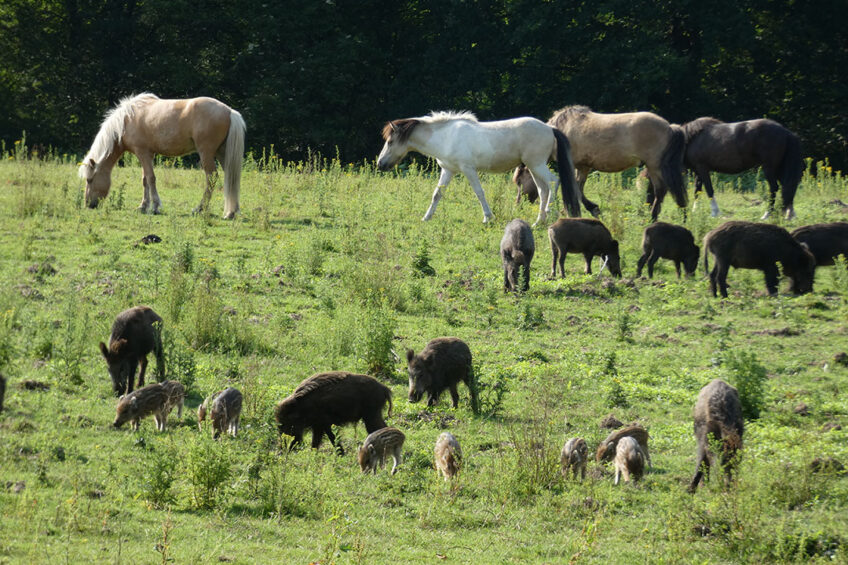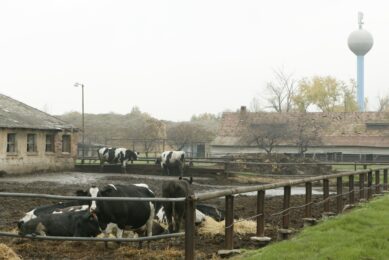ASF Germany: More than 2,000 wild boar infected

As Germany is approaching the 1-year anniversary of the introduction of the African Swine Fever virus in the country, the barrier of 2,000 wild boar victims has been broken.
Last week, the count climbed to 2,036. Ever since the ASF virus was discovered on September 9, it has spread to 8 districts in 2 states, Brandenburg and Saxony. All districts are directly adjacent to the border with Poland, where the virus is not under control.
The most recent additions to the list of infected districts are Barnim (July) and Uckermark (August), an indication that the virus is spreading north, parallel to the Polish border. In fact, the spread follows outbreaks on the other side of the border. As the crow flies, the virus is now less than 30 km from the state border with Mecklenburg-Vorpommern, the 3rd German state bordering Poland. So far, this is the only unaffected state.
The pattern of reported fallen wild boar in Germany is a bit a-typical when comparing it to the situation in Poland. The number of outbreaks there were always high in winter and relatively low in summer. In Germany, after an initial lull, the months of June and July proved to yield many infected carcasses. July topped the list even with 309 infected wild boar.
Saxony: Sniffer dogs to trace dead wild boar
In the meantime, more to the south, the Saxony authorities have announced that special sniffer dogs have completed their training. Those are ready to be take into use to help with the active surveillance to find wild boar carcasses.
Poland: Lower number of wild boar carcasses
Across the border in Poland, the situation reflects that of the summer months, with a relatively lower number of detected infected carcasses, even though the tally in Western Poland is higher than last year. In the whole of July 2020 for instance, in total 66 ASF positive wild boar were reported. This year that number was at 115. To put things into perspective: the heaviest month in Western Poland so far was February 2021 with 524 infected wild boar carcasses.
In total, since the first discovery of ASF in Western Poland, in that part of the country so far 5,340 infected wild boar have been found until this weekend.
ASF virus spreads out
Interestingly, it looks like the virus behaves like a stone that is thrown into the water. Bit by bit, waves of outbreaks spread in all directions. On this week’s map, it is very easy to see that where the first cases occurred, no more new cases are reported. Instead, in a radius of roughly 50km around it, everywhere cases pop up.
2 centres of virus activity demand attention. One group of infections happen just north of the town Pniewy in Greater Poland province, where various wild boar were found infected as well as 2 farms. One of them – reported in May – had 3,000 pigs on-site.
The other is more south is located around Dawicz at the border of Greater Poland and Lower Silesia provinces. There outbreaks in wild boar appear to have intensified too, plus in recent months a cluster of 8 smaller farms was infected too. 7 of these had fewer than 100 pigs on-site, the only slightly larger one had 280 pigs.











